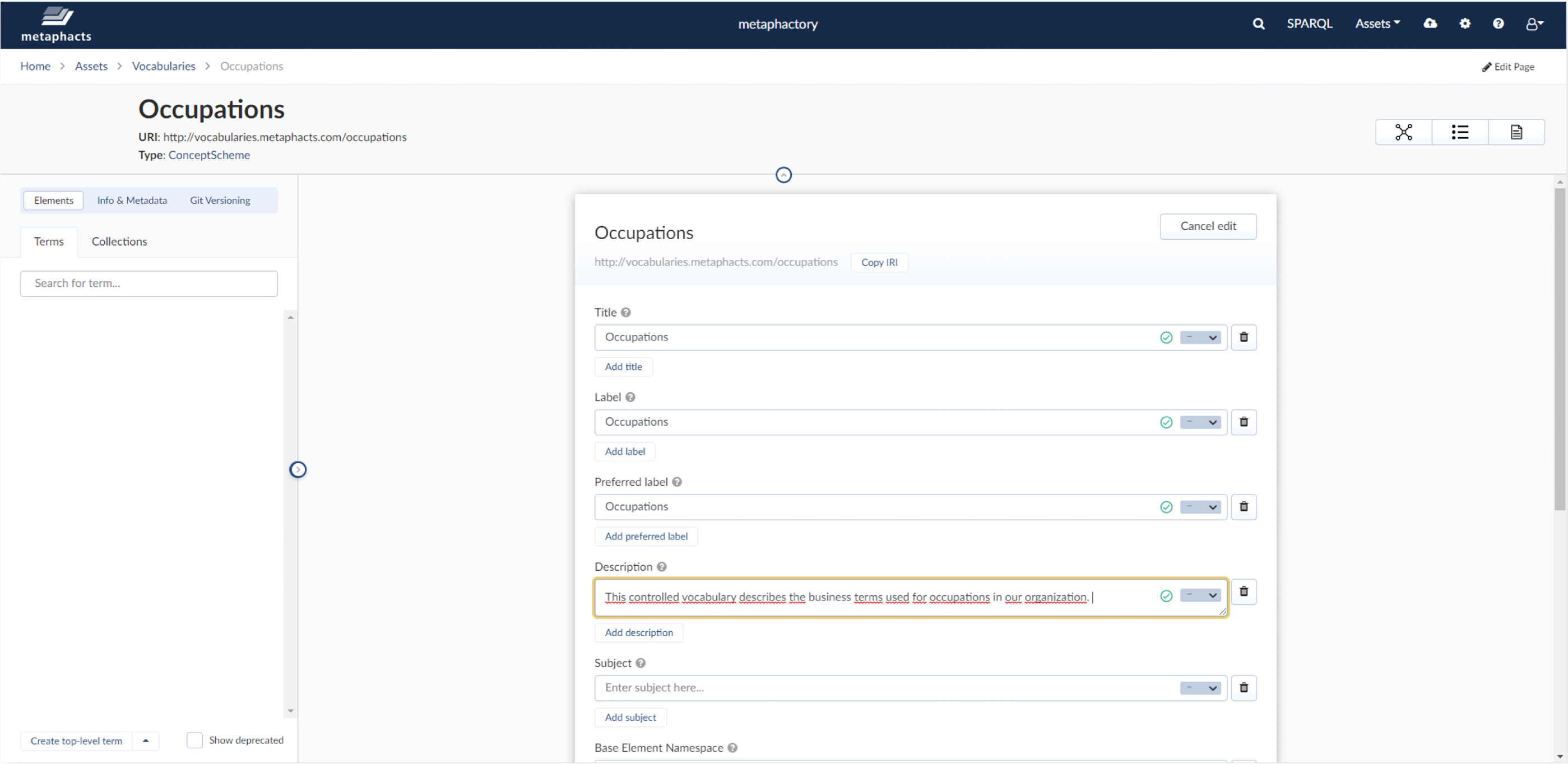Build your own semantic model with metaphactory
Knowledge is central to driving intelligent business decisions within a large organization. Yet, it's typically confined to the minds of domain experts or lost within emails and documents. A semantic knowledge model enables you to explicitly capture domain-specific knowledge and enrich your data with meaning and context that both humans and machines can interpret. It creates a shared understanding of concepts and terminology that fosters better collaboration and decision-making.
Watch this video for a short preview of creating a semantic model in the metaphactory system.
Tutorial at a glance
Learn to create an ontology, manage vocabularies and data catalogs and build a model-driven UI in metaphactory by following this short tutorial.

Add information and metadata to entities and ontologies

Create a new ontology

Define your vocabulary
Define your vocabulary

Create a knowledge graph







